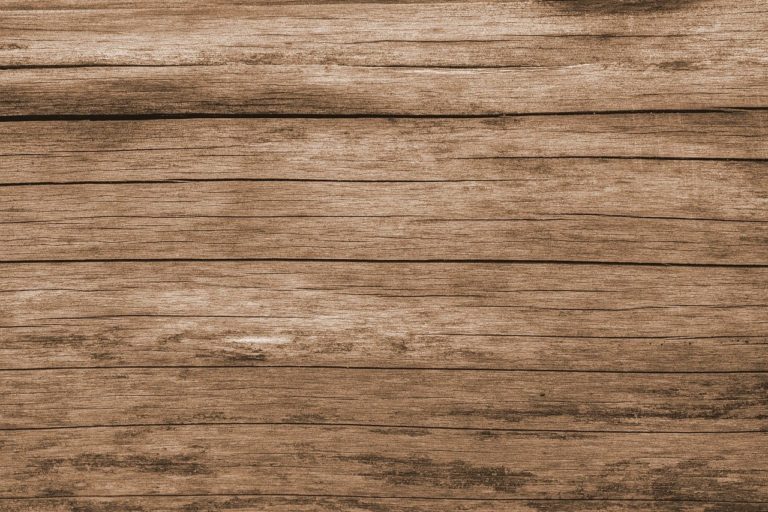
Plywood comes in various types. There is more to it than just used on sidings or ceilings. And not everyone is aware of these variants. Some homeowners will not know it until they plan to do a home or office improvement project, and they have to choose which one best suits the property.
The selection process will not be that challenging since contractors are there to assist you. But it is still wise to at least know what the different types of plywood wall panels are and which ones are appropriate for your upcoming construction job.
What is a ply?
The quantity of layers that are stacked together is known as ply. It identifies the plywood board’s thickness. Every project has a unique thickness requirement; most contractors use thicker ones for ceilings while others use thinner plywood boards on sidings. The layer that is put on top of the other is known as a wood veneer. These veneers also vary in thickness, so you must know these details to avoid getting the wrong type.
Normally, plywood has three, five, or multilayers. And three is the common variant because it is durable and has more decorative options. The multi-layer type is robust enough for outdoor projects such as roofing, while five layers are much stronger than three.
Hardwood
The layers used on hardwood plywood are made of oak, birch, walnut, or maple. These are stacked and secured using a particular adhesive. Some common products that use these hardwood plywood wall panels include furniture, sporting equipment, packing cases, musical instruments, and other things that necessitate sturdy frames.
Softwood
This type of plywood board uses cedar, pine, or redwood materials for its layer. This is best used on exterior structure, roofing, and subflooring. Some of the areas where you can find softwood as the main materials are sheds, shelvings, and makeshift flooring. Since this is not as robust as the hardwood, professional builders don’t recommend this for outdoor projects. Unlike hardwood types, where it can withstand erratic atmosphere changes, the softwood type can’t because it doesn’t have weather-resistant characteristics.
Exterior
The exterior plywood boards are equipped with water and weather-resistant adhesive to last extreme weather conditions. These consist of several layers to provide optimum strength. Some places use a certain kind of hardwood, such as oak, to withstand intense weather.
Marine
This type is varnished or coated with water-resistant adhesive to drive away water or other fluid. Even if it has no water-proof functions, it can still hold out against moisture. Since it uses douglas fir wood or western larch, most contractors find this one of the top plywood qualities. Marine plywood is ideal for outdoor furniture or decors such as benches and planters.
Structural
This is also referred to as sheathing plywood used to stabilise building and framing elements that will be covered in the long run. Structural plywood uses reliable glue and is suitable for outdoor or indoor projects.
Overlaid
For projects that require decorative plywood, overlaid boards are excellent choices. These have similar plies to other plywood types but are topped with decorative veneer wood. Furthermore, it makes a durable layer that is resistant to scratches and water.
Other kinds of plywood board
Some plywood types have distinctive features like pressure-treated, fire-retardant, wire mesh, moisture-resistant, aircraft, and anti-slip. Each of these choices is built to meet a specific industry or construction project requirement.